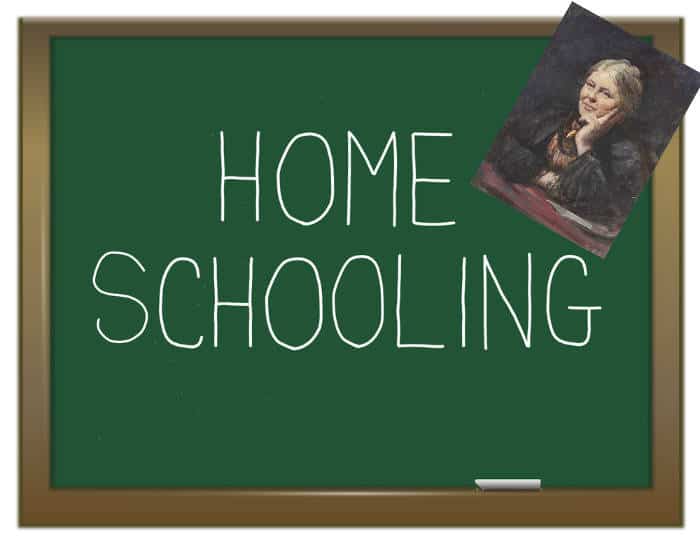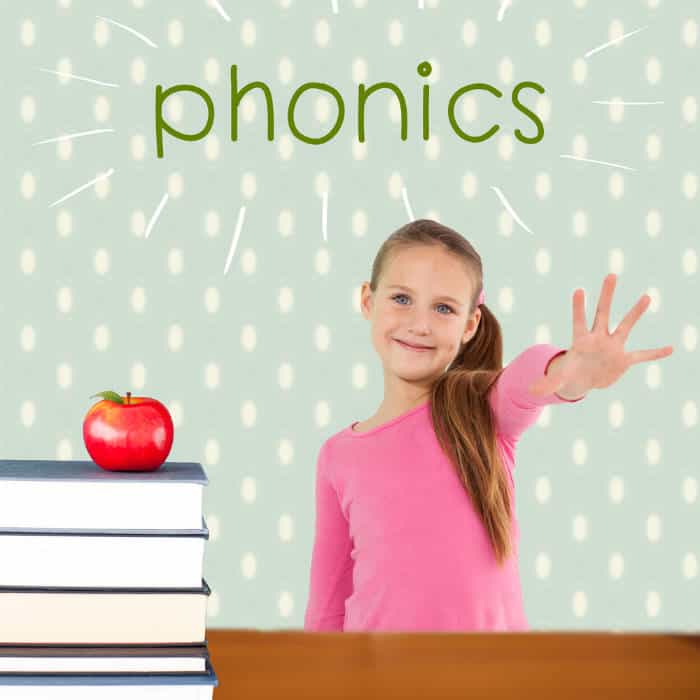Finding the right books for your child or your classroom’s curriculum while taking into account the material, readability, and complexity of the text can be a daunting task. This is especially true if you’re educating several students, on multiple levels, with varying motivation to read.
You want to challenge your reader without causing too much frustration or burnout. Luckily, there’s been a great deal of research into optimal reading levels for your budding reader. To do so, we look at IL (interest level), ATOS, ZPD ranges, and Lexile levels. Read on for an in-depth explanation of these parameters.
What does IL on books stand for?
“Interest level is based on a book’s content including theme, characterization, and plot.”
Basically, this level tells you who this book is appropriate for based on age and grade levels. Content is grouped by lower grades or LG (k-3), middle grades or MG (4-8), upper middle grades or MG+ (6 and up), and upper grades or UG (9-12).
What does ATOS book level mean?
This tells you what grade level the book is appropriate for based on the ATOS readability formula. For a fourth grader in the fifth month of school, you might give them a book scored at 4.5. While this method might not be perfect for every child or reading level, we also have ZPD ranges.
ATOS factors = average sentence length + average word length + vocabulary grade level + the number of words in a book
What are Lexile book levels?
The lexile levels tell us the complexity of the book or text and reader ability. These run from <200L for beginner readers to 1600L+ for advanced readers.
Lexile factors = sentence length + word frequency
How can I find the IL or ATOS level of a book?
Searching for suitable accelerated reader books can be daunting if you’re just perusing the library shelves or searching on Amazon. However, with the help of a database, it’s as simple as typing in a title or searching by ATOS, ZPD, or interest level.
That’s exactly what the Renaissance Accelerated Reader Bookfinder does. This allows you to do a quick search, an advanced search, and even search by collections, making it perfect for educators, home educators, and parents.
For more helpful tools, check out the following databases:
Teaching Books
Scholastic
Lexile Levels
Mackin Education Resources
Five Finger Rule
How can I find the Lexile level of a book?
For an easy way to search books based on Lexile scores and Lexile levels, you can use Lexile Find a Book. It allows for quick searches by title, author, keywords, and ISBN. You can also search by grade level, lexile measures, and interests.
https://hub.lexile.com/find-a-book/search
How can I convert Lexile to ATOS level?
Because ATOS analyzes books based on four factors (average sentence length, average word length, vocabulary grade level, the number of words in a book), while lexile only measures two (sentence length and word frequency), ATOS is regarded as the more accurate measure. However, there may come a time when you need to convert to Lexile Level when choosing alternate books. For help, refer to our handy breakdown of the conversions.







